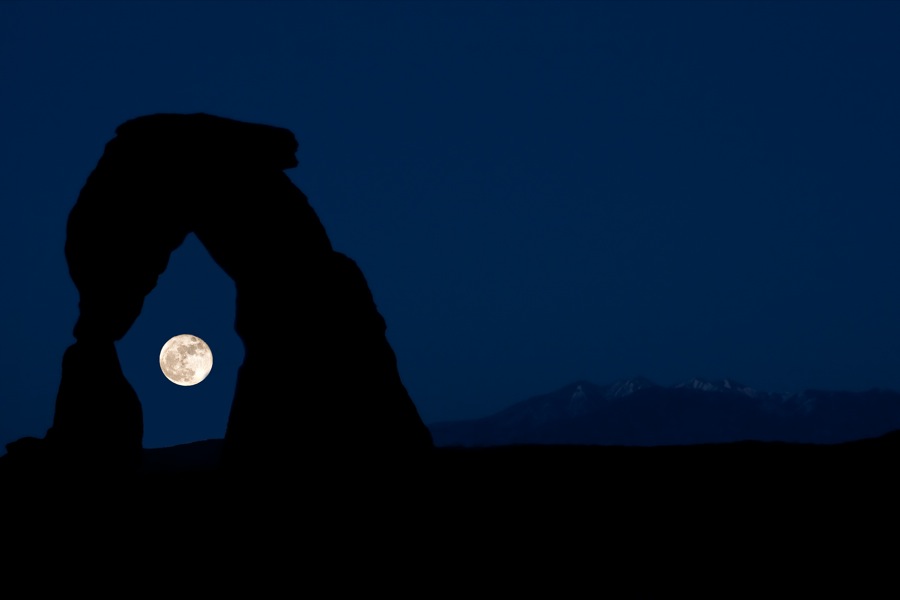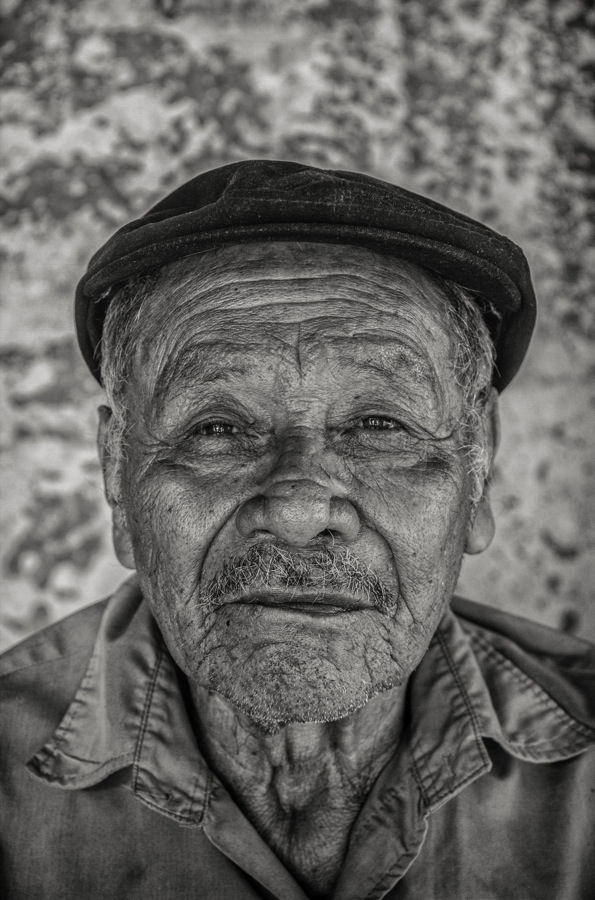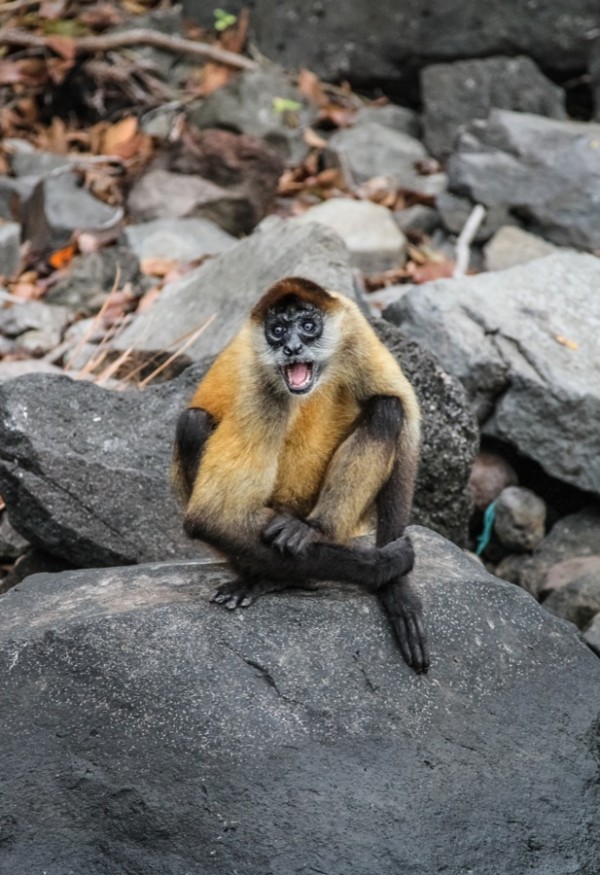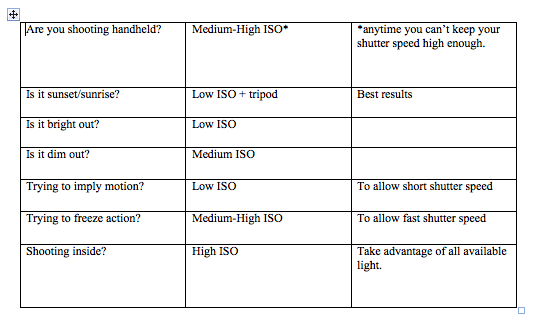ISO remains somewhat of a mystery to a lot of photographers. Most don’t even know what it stands for, and many only have a menial understanding of what it actually does.
ISO stands for International Standards Organization. That doesn’t help much. It was introduced a few decades ago to standardize film for cameras. While different companies produced various qualities and types of film, the ISO standardized the sensitivity of the film to light across the board so photographers could attain accurate settings, which mattered a lot when a wasted shot cost real money.



